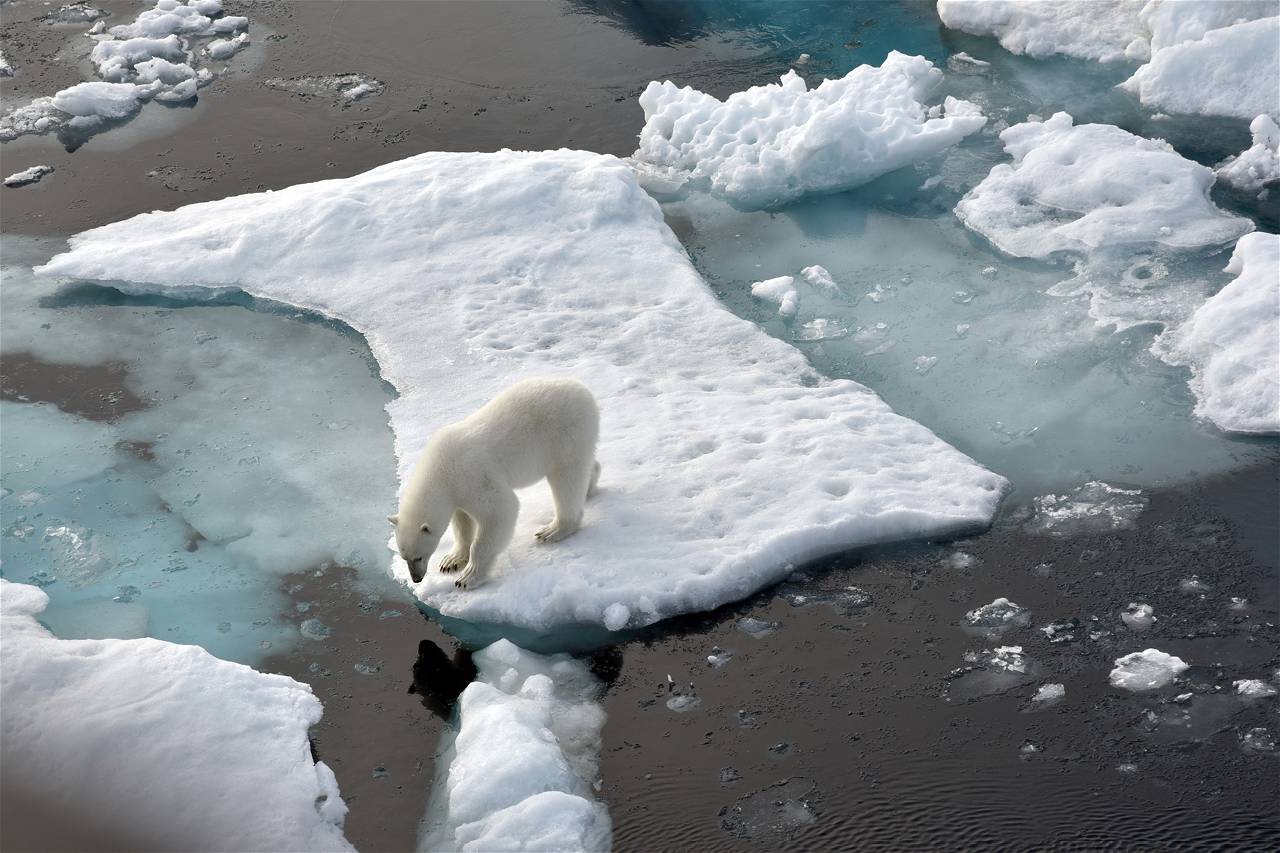
As the International Polar Bear day is approaching on 27 February, the debates and discussions on the survival of polar bears have gained momentum at the global level.
As we all know the Polar Bear is a terrestrial mammal dependent on ice cover to live. They spend almost all their entire life there. The Polar Bear is at the top of the Arctic food chain and is generally regarded as the most important species of that region. Polar bears, which are currently listed as vulnerable on the Red List of Threatened Species and considered at high risk of endangerment in the wild, have traditionally been considered an animal that is one of the most susceptible to environmental changes.
Recently many researchers found that the Arctic is in great danger because of the effects of climate change and global warming. The ice is disappearing at an extremely fast pace. When sea ice melts, it forces polar bears back onto the land, where they do not have access to seals. While these bears are known to hunt and scavenge on land when seals are scarce, the food they find such as goose eggs, caribou, and whale carcasses washed ashore, cannot support their calorific needs. As a result, polar bears effectively begin to fast, struggling to keep themselves at a healthy weight.
At present, researchers believe polar bear populations will decrease by more than two-thirds by 2050, bringing the total polar population below 10,000. The World Wildlife Foundation (WWF) has found that “We are losing Arctic sea ice at a rate of almost 13% per decade, and over the past 30 years, the oldest and thickest ice in the Arctic has declined by a stunning 95%”.
This is something that needs to be taken seriously due to the lack of time. The WWF and several other associations like European Federation for Trade and Environment, Polar Bears International, etc have been fighting this issue for quite some time but still need more care and attention. So it is high time for the global community to work together to protect this starving mammal and need to find some innovative greener solutions so that the carbon footprints can be reduced.
Regulations & initiatives at the global level that reduce emissions or sequester carbon dioxide currently in the atmosphere could help prevent further ice loss and save the habitats of both polar bears and the species they depend on. Hope for a better tomorrow.
Global Warming is no longer a future threat...It's Happening now!!!
















